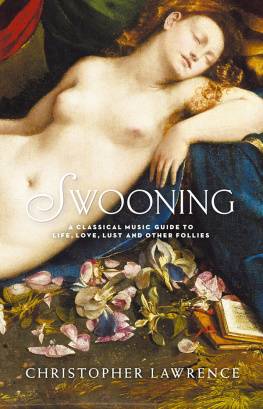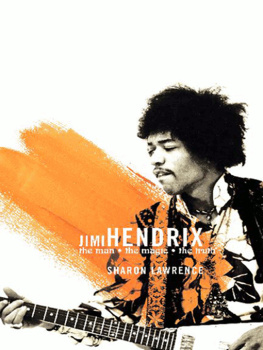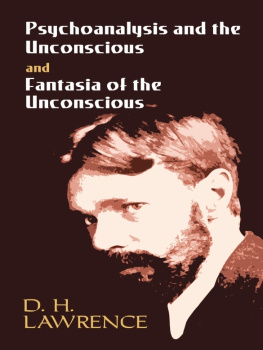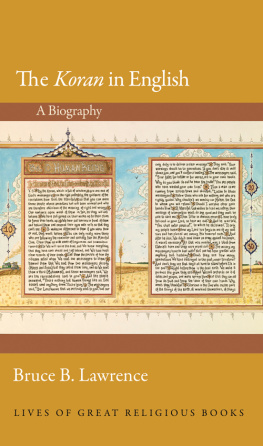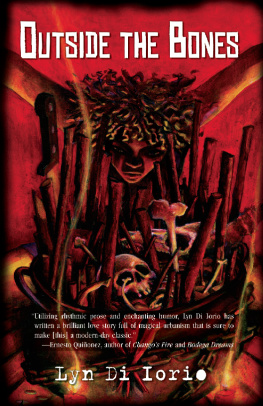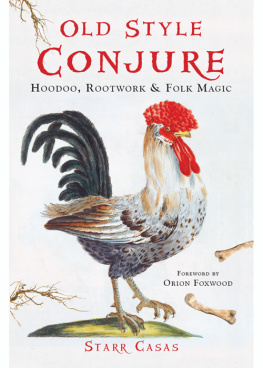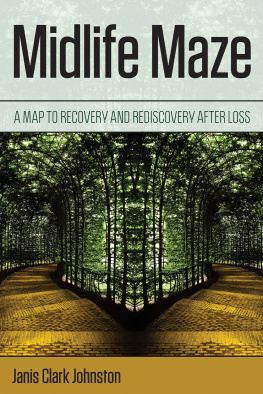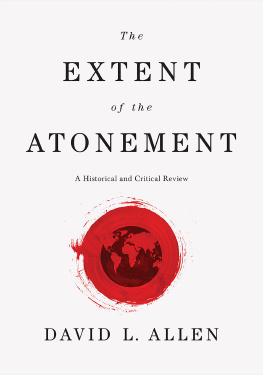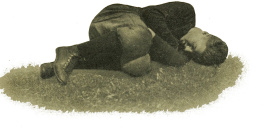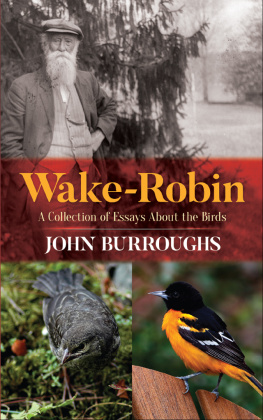Published by Nero,
an imprint of Schwartz Publishing Pty Ltd
3739 Langridge Street
Collingwood VIC 3066, Australia
www.nerobooks.com
Copyright Christopher Lawrence 2001
This revised edition published 2015
Christopher Lawrence asserts his right to be known as the author of this work.
ALL RIGHTS RESERVED.
No part of this publication may be reproduced, stored in a retrieval system, or transmitted in any form by any means electronic, mechanical, photocopying, recording or otherwise without the prior consent of the publishers.
National Library of Australia Cataloguing-in-Publication entry:
Lawrence, Christopher, author.
Swooning : a classical music guide to life, love, lust, and other follies
Second edition.
9781863957502 (paperback)
9781925203677 (ebook)
MusicAnecdotes. ComposersAnecdotes.
MusiciansAnecdotes. MusicPsychological aspects.
781.68
Cover design by Peter Long
Text design by Tristan Main
musical stories to guide us through our emotional lives.
Baz Luhrmann
I would like to issue a caution: Mr Lawrence is peddling a dangerous substance here. If you take too much of this Swoon you could become a swoon loon staggering down the street, a head full of swoon tunes.
Richard Tognetti
I am afraid there are moments in life when even Schubert has nothing to say to us. We must admit, however, that they are our worst. So says Madame Merle from Henry James Portrait of a Lady. Christopher Lawrence gives readers and listeners more chance to respond to the intrigue this perfection of harmony of voice and instrument which is at the centre of the deeply felt human need for music. This book, which can be carried and read, opened and closed and reopened at the will of fortunate owners is the gift of a lifetime.
Elizabeth Jolley
swoon (swun)
verb
1. a literary word meaning to faint/lose consciousness
2. to enter a state of ecstasy
noun
3. a fainting fit
4. a piece of classical music that induces profound emotional reaction
(origin: Australian radio segment, c1994)
PREPARATORY UPBEAT
Youve heard of the film based on the book, or the musical based on the play. What you have here is a little different: the book about classical music based on the feeling it inspires. It is also a book about a subject most agree words cannot describe, and whose continuing pleasures would be unknown to the person who literally followed the titles command. You dont hear very much if you have passed out.
Therein lies all the illogicality of a brand, as a little radio segment that I started back in the last century has become. But what a product! Many of the most beautiful ideas people have ever had and at a time when our means to express or even contemplate a personal narrative have been condensed down to quotidian banalities on a social media page a ticket to ride a sound or voice or melody all the way to the farthest corner of ourselves. It is a marvellous thing to do, perhaps the most purely creative thing you will do all day. People have asked me for years why this casual little moniker, applied to a piece of music, struck such a chord (sorry), and the best I can come up with by way of reply is that deep down, we are all poets. Yes, thats you.
The reappearance of Swooning in paperback is flattering, if surprising. Surely if books with even the faintest whiff of self-help were truly successful, they would never be seen again: mission accomplished. On the other hand, the music that silently swirls through these pages has enjoyed a fabulous shelf life by modern retail standards, and no obsolescence is planned. Mozart doesnt expire at the end of the month. Tchaikovsky 1.0 hardly requires an upgrade. The thing about the classics is that we are the passing parade, and in the years since this books first release many more people, having stumbled upon a bit of classical music they quite like, wouldnt mind getting more advice on how to make some other proverbial pennies drop.
As I explain herein, this little book doesnt aspire to teach you the how. That sort of explanation is for more technical tomes. Even then there are no guarantees. Igor Stravinsky, whose ballet The Rite of Spring sparked a chair-brandishing riot in 1913, famously said I havent understood a bar of music in my life, but I have felt it. Thanks a lot, Igor. If the subject stumps one of the brainiest composers of all time, what hope is there for the rest of us? For him, too, it came down to feelings, and that is where Swooning will take you. A menu of such intangible matters hardly merits a contents page, but since you are invited to the Concert of Life over the next few hours, we can at least offer you a programme.
MAKING OVERTURES
Music was invented to deceive and delude mankind.
Ephorus (4th century BC)
Theres no denying it: music has this way of getting under the cranium and really stirring things around. Over the course of thousands of years many have marvelled at, or deplored, its seductive power. Ever since rocks were banged in rhythm, lips pursed to bamboo, or strands of sheep gut strung within a wooden frame and plucked, listening to music has delivered more than the occasional challenge to reason.
Conversely, its power as a harnesser of mass feeling is beyond question ask any football crowd. If religion is truly the opiate of the masses, then music is the cigarette holder. Even on an individual basis the hypnotism works. At vulnerable moments of solitude, people can burst into spontaneous tears at the cue of a haunting refrain. Distant memories resurface; long-forgotten chapters in our lives are replayed. We become who we were. Other feelings that seem to have no connection to our direct experience well up and threaten to overwhelm us: pure wonder, all-encompassing joy, or an existential melancholy ripe for wallowing.
At other times we may be persuaded by a serene piece of music to cast emotion aside in favour of the contemplation of less corporeal concerns; at the very least, to stop whatever we are doing for a few minutes. I can testify to this having happened on a daily basis when I presented the breakfast shift for a national classical music radio program in Australia. Listeners were invited to swoon, and the invitation soon became the segments title.
The early morning pause for a Swoon became a ritual for many thousands of people. Toast would be served in time for listening to something mellow, the scraping of the Vegemite following the slow rhythm of an ancient Armenian chant. Train passengers would bring peace and compassion to the rest of the carriage, courtesy of a soulful soprano aria leaking through headphones. Drivers looked dreamily at the vehicle alongside in commuter gridlock and lingered in the car park at the end of the journey, windows wound up to seal in the ripple of Venetian Baroque. We were told that some people died calmly and more than a few were conceived during those highly anticipated minutes.
We had joked about serving a regular parcel of rapture, but the joke was on us. It seemed that we were performing a true public service, or at least fulfilling some deep need in many people; so deep, in fact, that they soon wanted more than a tiny weekday dosage. It was time for Swoon on tap, and the first of the CD compilations of greatest hits from the segment was issued.
We were rashly optimistic about the first of the Swoon collections and manufactured 5,000 copies for sale around Australia. Even today, more so than in 1995, classical releases sell a fraction of that figure, yet we hoped that regular radio exposure would give the CDs an extra kick along. It obviously helped: over four years, the initial release was followed by two more and sales of the series soared to over half a million units, bringing each one both Gold and Platinum award status and making them the highest-selling classical compilations ever released Down Under. Radio exposure aside, this

